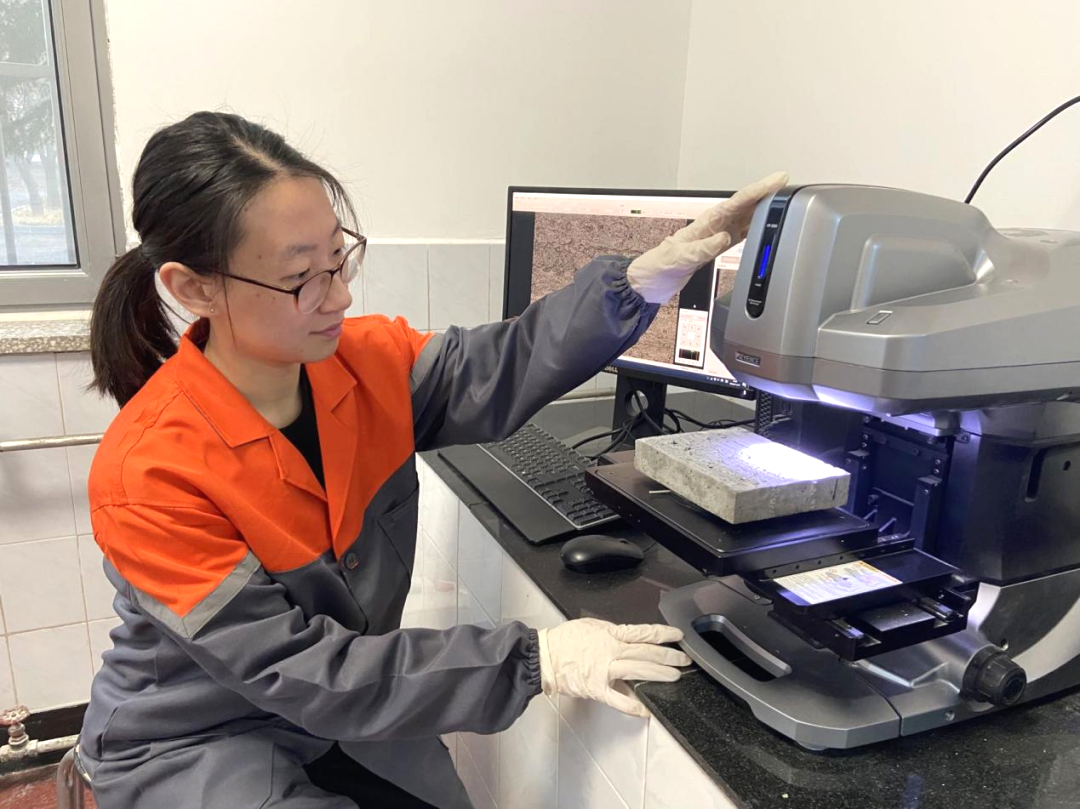Researchers from China’s Beihang University want to be at the forefront of space exploration. By combining transportation science, aerospace technology, and construction engineering, they aim to lay the foundations for the next human settlement on the moon.
Known for its contributions to space research, Beihang University has been involved in numerous aerospace projects and has made significant advancements in the fields of astronautics and aeronautics. Many university graduates and faculty members have played crucial roles in China’s space programs, including satellite launches and the development of space technologies. The university’s significant contributions to China’s aerospace industry and its deep-rooted history in astronautical research make it a prominent institution in its ambitions towards space exploration and technology development.
From the Earth to the Moon
Establishing a presence on off-Earth bodies is not just about traveling there; it’s about surviving and thriving in unknown landscapes. Beihang University’s School of Transportation Science and Engineering, with the support of Professor Li Feng and Dr. Zhou Siqi, is progressing in this direction.
Their recent milestone? Gaining approval to study genuine lunar soil samples from the Chang’e 5 mission. An achievement that not only marks the university’s first lunar soil sample acquisition but opens doors for future research on lunar construction.

Powder samples of lunar soil have been approved for loan to Beihang University. Image courtesy of the Lunar Exploration and Space Engineering Center.
The China National Space Administration (CNSA) has been actively pursuing its lunar exploration program. Before any crewed lunar landings, China planned a series of robotic missions and has completed several of these, including 2020’s Chang’e 5, a sample-return mission that brought lunar material back to Earth. With establishing a lunar base on the horizon, technologies like 3D printing using lunar materials will likely play a pivotal role in constructing and maintaining this off-Earth infrastructure. CNSA has suggested it plans to conduct manned lunar landings by 2030 as a precursor to establishing a lunar base.

Samples of lunar soil that have been approved for loan to Beihang University. Image courtesy of the Lunar Exploration and Space Engineering Center.
Geopolymers and 3D printing
Relying on lunar soil to construct a building directly on the moon is the ambitious vision driving Feng’s research team. Using data from the Apollo 17 program, they created high-strength geopolymer building materials from two simulated lunar soils, BH-1 and BH-2. Through an alkali activation reaction, these soils were transformed into geopolymers that, when paired with 3D printing technology, functioned as an “ink” for printing bricks.
Such innovative techniques not only pave the way for creating durable structures but also envision automatic construction on the lunar surface, a potential solution to the challenges of manual labor in extreme lunar conditions. The broader research effort is focused on adapting these moon-based building materials for 3D printing, striving to understand and leverage the geopolymer mixture’s unique flow and setting characteristics.
But the journey is just beginning. With actual lunar soil samples from the Chang’e 5 mission, the team aims to understand the moon’s soil better. This knowledge will help them improve their BH series of artificial lunar soil.
Leading up to these recent developments, back in October 2022, Siqi presented her pioneering approach at a congress on how 3D printing with simulated lunar soil could revolutionize the intelligent construction of lunar transportation facilities. By merging transportation engineering principles with aerospace, Zhou focused on the in-situ solidification of lunar soil. This process promises to convert lunar soil into building materials, significantly reducing the dependence on Earth’s resources.
Under the mentorship of Feng, Zhou had already presented data on the development of BH-1 and BH-2 and how to use them with 3D printing technologies. This pioneering technique aims to usher in an era of on-site, automated construction on the moon. Siqi’s research earned her awards, with her findings published in journals like Engineering from the Chinese Academy of Engineering, Acta Astronautica, and the Chinese Journal of Aeronautics. She encapsulates her research ethos with the phrase: “looking up at the stars while keeping our feet on the ground,” highlighting the ambitious spirit of Beihang University’s transportation and aerospace researchers.
Looking ahead
Although there have been concerns about transparency when it comes to China’s space endeavors, with some nations, especially the U.S., expressing concern about the dual-use nature of some space technologies, which could have both civilian and military applications, China has made its grand lunar vision clear in the last few years. With preliminary plans to establish a primary lunar scientific research station by 2030 and a comprehensive one by 2040, the stakes are high as the renewed interest in moon exploration and colonization becomes part of a broader and invigorated new space race.
With researchers like those at Beihang University leading the charge for China, the country is moving towards the foundations for a lunar life. Siqi encapsulates the spirit of this endeavor: “Building roads and houses on the moon is what transportation people at Beihang University should do.”
Will Beihang University’s lunar ambitions transition from dream to reality, forging a path for the next frontier of China’s space exploration?
Subscribe to Our Email Newsletter
Stay up-to-date on all the latest news from the 3D printing industry and receive information and offers from third party vendors.
You May Also Like
Formnext Day Three: Rock & Zoll
The biggest news on day three was, of course, the reactions to the band at the exhibitor’s party. The soirée was well attended, with the crowd rocking on until early...
3D Printing Webinar and Event Roundup: October 27, 2024
This week, Stratasys and Würth Additive Group continue their tours, and ICAM 2024 takes places in Atlanta, Georgia. Other offerings include an AM Symposium, webinars about 3D printing dental implants...
Flashforge Guider 3 Ultra 3D Printer Review: The Redemption Arc?
Disclosure: The Guider 3 Ultra was provided to me by Flashforge free of charge for the purpose of this review. I have not received any other compensation. All opinions expressed...
NAMIC’s Global Additive Manufacturing Summit: Innovation, Sustainability, and Strategic Collaboration in Singapore
Once again, we joined business people and researchers from around the world in Singapore for Global Additive Manufacturing Summit. Singapore’s national 3D printing partner, the National Additive Manufacturing Innovation Cluster...






































